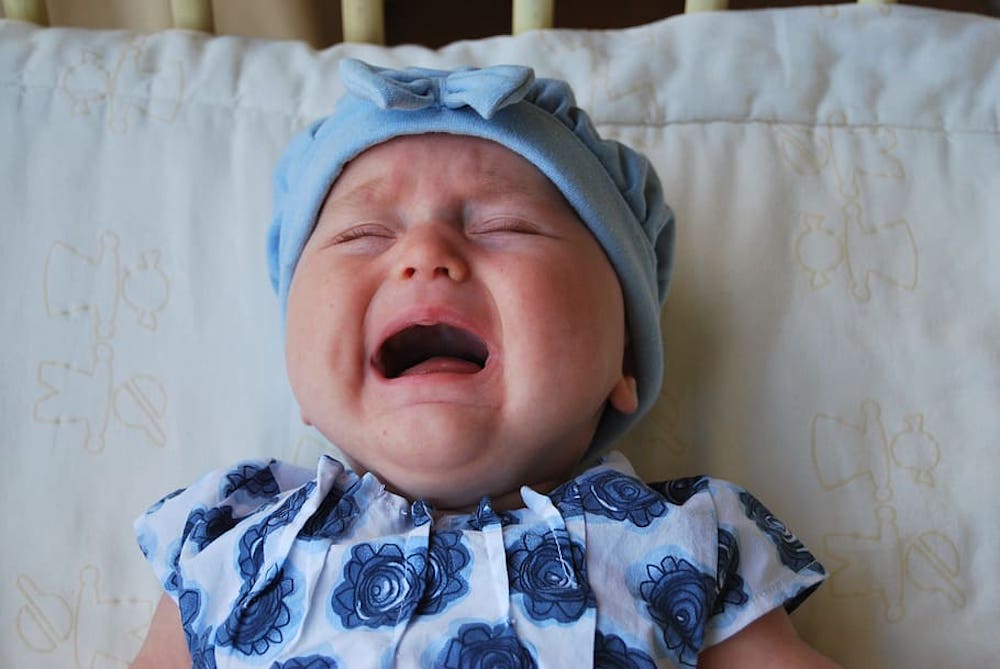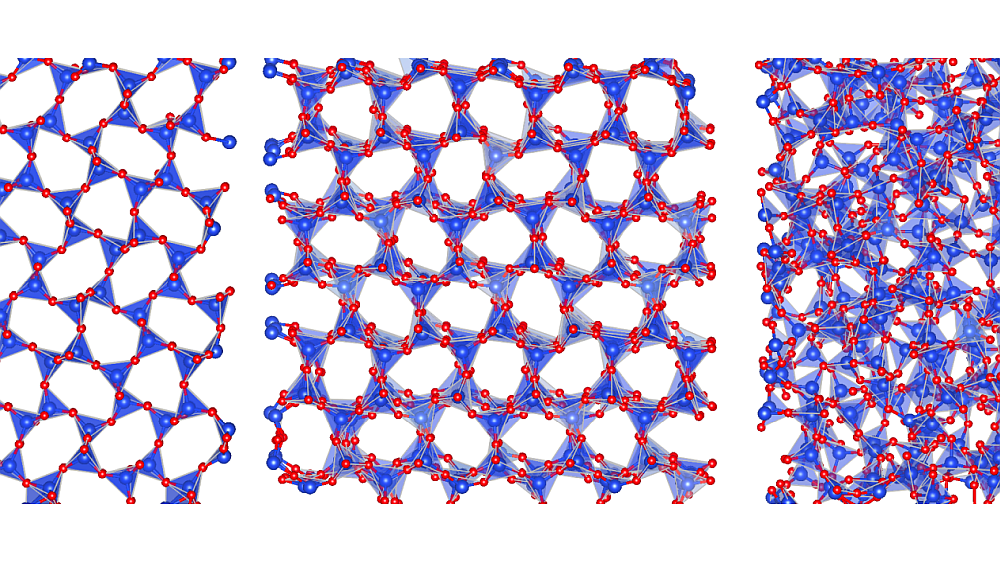
[Image above] The high-pitched cry of a baby is hard to block out—but a new material might do the trick. Credit: Pxfuel
Living in Ohio the past couple weeks has been interesting. Among the 50 U.S. states, Ohio usually does not receive much attention, but our governor’s response to the coronavirus has led to national attention and praise.
The latest measure went into effect this Monday at midnight, when all nonessential businesses closed in accordance with the Ohio Department of Health director’s order. For myself, that means I had to start working from home, which I’ll do until at least April 6.
While working from home definitely has its challenges, I feel fortunate that my apartment building is mostly populated with adults. But for people living next-door to families with young children, the high-pitched squeals coming through the walls add another layer of difficulty to focusing.
In such situations, you may be tempted to purchase an expensive pair of noise-canceling headphones. Unfortunately, noise-canceling headphones are best at blocking low-pitched sounds, not high-pitched ones.
So how can you cancel out a baby’s cries and finally settle down to work? A new study by two theoretical physicists may offer a solution.
Luís Paulo Silveira Machado, professor of physics at the Federal University of Pará in Brazil, and Surajit Sen, professor of physics at the State University of New York at Buffalo, used computational modeling to explore how well various materials dampen incoming sounds in the low-frequency ultrasonic range, 1–100 kHz.
(While this range is “low-frequency” in terms of ultrasonic sounds, the range represents sounds on the “high-pitched” end of human hearing, which generally detects sound only up to 20 kHz.)
In their models, Machado and Sen imagined each material as spherical beads because “granular crystals have demonstrated the ability to control nonlinear pulses and affect the transmission of sinusoidal signals,” they write in the paper.
They found the best setup consisted of alternating tapered chains of Delrin beads (a thermoplastic) with smaller tapered chains of tungsten carbide beads. “In computer simulations, this system effectively helped to filter high-frequency noises of varying loudness, greatly reducing these sounds,” a University at Buffalo press release explains.

An illustration of the simulated noise-blocking device. Tapered chains of Delrin plastic beads (darker beads) alternating with tapered chains of tungsten carbide beads (lighter beads), surrounded by plastic walls. Credit: Robert Rivera and Luis Machado
Though the researchers have not yet tested the material in the laboratory, they say if it does work, the material’s structure is advantageous for transferring the material to application, for example, in headphones.
“An advantage of the proposed device is its simple configuration: spherical beads properly confined and positioned,” Machado says in the press release. “This proposal allows a prototype of easy construction, with low cost and little maintenance.”
Although the researchers mainly imagined using this material in industrial settings, where machinery such as ultrasonic cleaners produce high-frequency sounds, its effective frequency range would help people working at home too—a baby’s normal cries are around 3 kHz. But until this research is much further along, we’ll have to make do with good old earplugs instead.
The paper, published in Granular Matter, is “Decorated granular crystal as filter of low-frequency ultrasonic signals” (DOI: 10.1007/s10035-019-0977-4).
Author
Lisa McDonald
CTT Categories
- Modeling & Simulation


